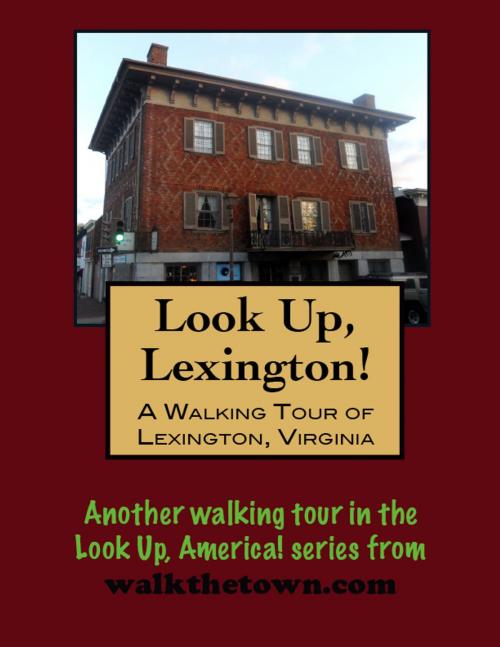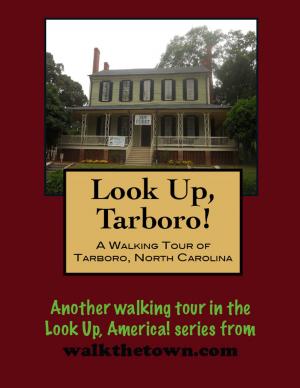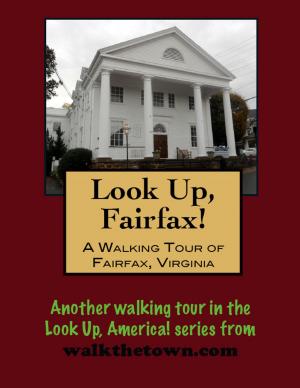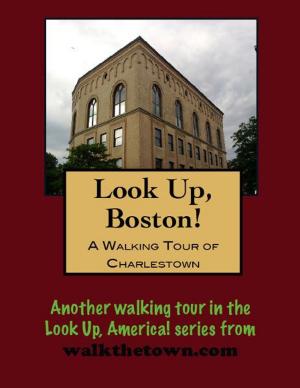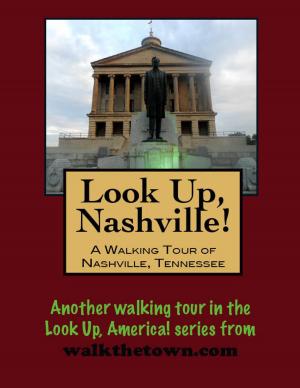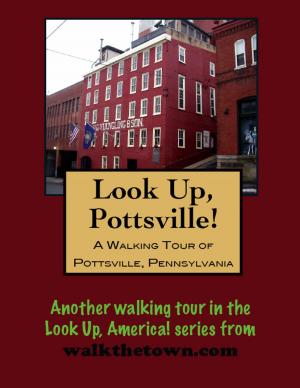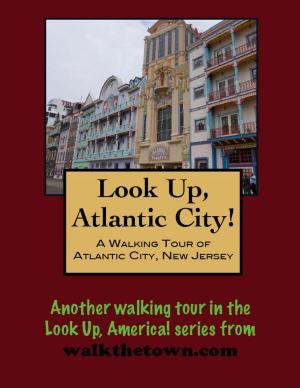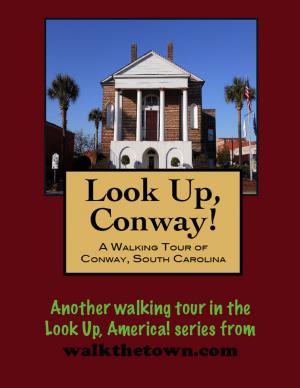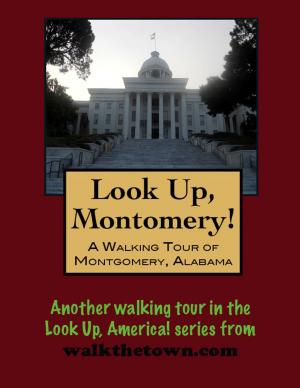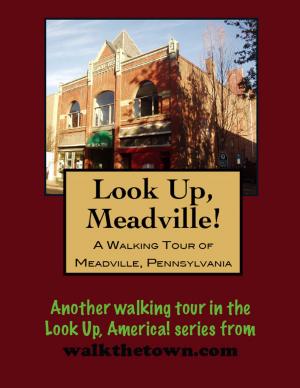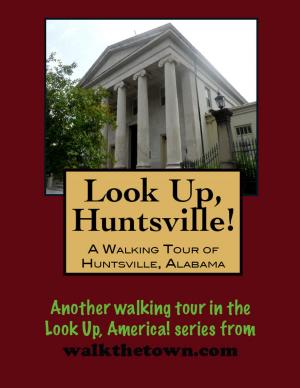| Author: | Doug Gelbert | ISBN: | 9781458035127 |
| Publisher: | Doug Gelbert | Publication: | May 1, 2011 |
| Imprint: | Smashwords Edition | Language: | English |
| Author: | Doug Gelbert |
| ISBN: | 9781458035127 |
| Publisher: | Doug Gelbert |
| Publication: | May 1, 2011 |
| Imprint: | Smashwords Edition |
| Language: | English |
There is no better way to see America than on foot. And there is no better way to appreciate what you are looking at than with a walking tour. Whether you are preparing for a road trip or just out to look at your own town in a new way, a downloadable walking tour is ready to explore when you are.
Each walking tour describes historical and architectural landmarks and provides pictures to help out when those pesky street addresses are missing. Every tour also includes a quick primer on identifying architectural styles seen on American streets.
Migrants, mostly Germans and Scotch-Irish from Pennsylvania began following a time-etched Indian path known as the Great Wagon Road into the Shenandoah Valley in the 1730s. In 1778 the Virginia Legislature was ready to carve out a new county here which they named Rockbridge for a 90-foot natural bridge of stone that spanned a 215-foot gorge cut by Cedar Creek. The owner at the time was Thomas Jefferson, who acquired 157 acres on the creek for 20 shillings. At the same time a county seat was designated on land donated by Isaac Campbell where his family operated a ford where the Great Wagon Road crossed the North River. It was named Lexington after the Massachusetts town that had helped spark the American Revolution three years before.
Much of the early business of the town was courthouse-related, conducted from mostly log buildings that were erected around the grid pattern that was created to form four interior blocks. Most of those logs burned in a fire that destroyed the town in 1796. Lexington quickly rebuilt from the proceeds of a lottery. Also rebuilding a small struggling 50-year old school started by Presbyterians in 1749. The funds for the school's salvation came from President George Washington himself and Lexington's future course as a college town was set. For more than 200 years the main industry of Lexington has been education; first with Washington and Lee University and then Virginia Miltiary Institute.
Lexington largely escaped the ravages of the Civil War, although Union troops burned buildings during a brief occupation in retaliation for VMI's role in the Battle of New Market. The first steam engine belching smoke arrived from Richmond in 1881 and led to a concentrated area of small manufacturing and commerce in town. Today Lexington holds sway as the cultural hub of Rockbridge County.
Our explorations will touch on three historic districts stuffed into a compact geographic area: downtown, Washington and Lee and Virginia Military Institute. And we will begin in a small greenspace that pre-dates them all...
There is no better way to see America than on foot. And there is no better way to appreciate what you are looking at than with a walking tour. Whether you are preparing for a road trip or just out to look at your own town in a new way, a downloadable walking tour is ready to explore when you are.
Each walking tour describes historical and architectural landmarks and provides pictures to help out when those pesky street addresses are missing. Every tour also includes a quick primer on identifying architectural styles seen on American streets.
Migrants, mostly Germans and Scotch-Irish from Pennsylvania began following a time-etched Indian path known as the Great Wagon Road into the Shenandoah Valley in the 1730s. In 1778 the Virginia Legislature was ready to carve out a new county here which they named Rockbridge for a 90-foot natural bridge of stone that spanned a 215-foot gorge cut by Cedar Creek. The owner at the time was Thomas Jefferson, who acquired 157 acres on the creek for 20 shillings. At the same time a county seat was designated on land donated by Isaac Campbell where his family operated a ford where the Great Wagon Road crossed the North River. It was named Lexington after the Massachusetts town that had helped spark the American Revolution three years before.
Much of the early business of the town was courthouse-related, conducted from mostly log buildings that were erected around the grid pattern that was created to form four interior blocks. Most of those logs burned in a fire that destroyed the town in 1796. Lexington quickly rebuilt from the proceeds of a lottery. Also rebuilding a small struggling 50-year old school started by Presbyterians in 1749. The funds for the school's salvation came from President George Washington himself and Lexington's future course as a college town was set. For more than 200 years the main industry of Lexington has been education; first with Washington and Lee University and then Virginia Miltiary Institute.
Lexington largely escaped the ravages of the Civil War, although Union troops burned buildings during a brief occupation in retaliation for VMI's role in the Battle of New Market. The first steam engine belching smoke arrived from Richmond in 1881 and led to a concentrated area of small manufacturing and commerce in town. Today Lexington holds sway as the cultural hub of Rockbridge County.
Our explorations will touch on three historic districts stuffed into a compact geographic area: downtown, Washington and Lee and Virginia Military Institute. And we will begin in a small greenspace that pre-dates them all...
